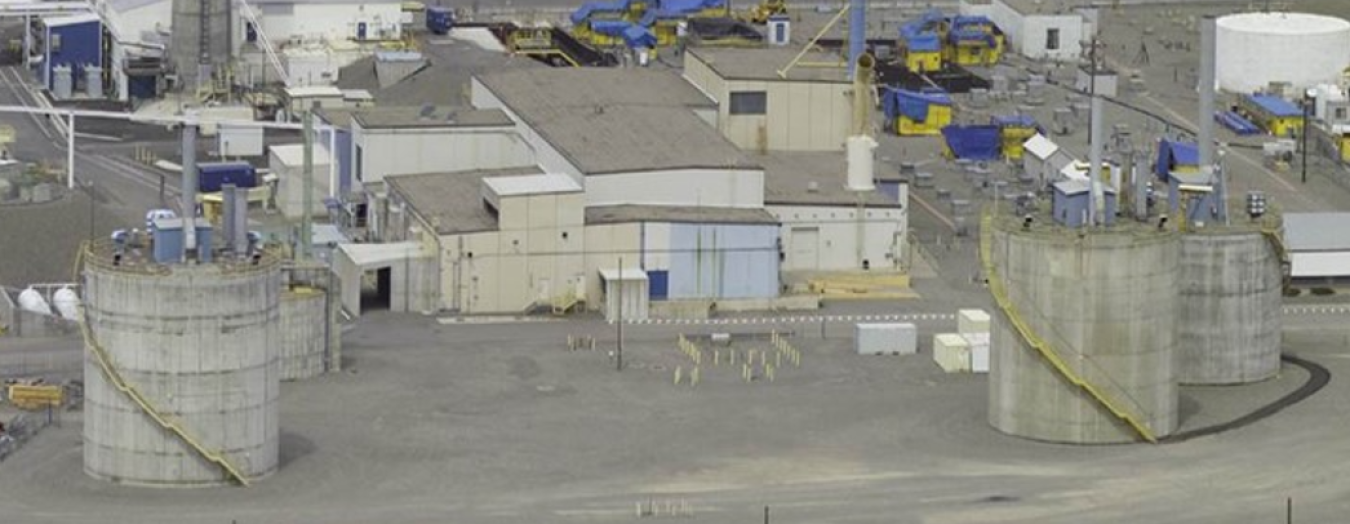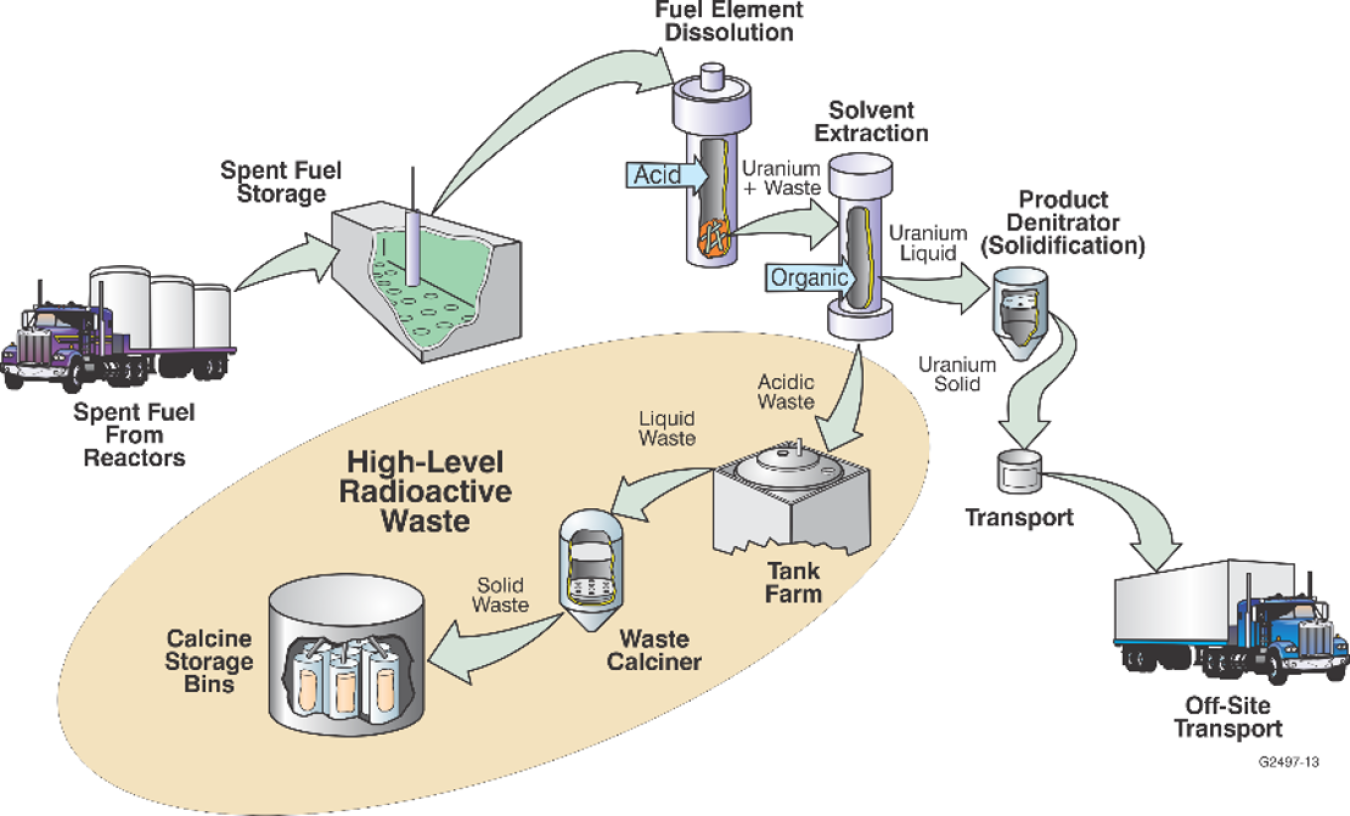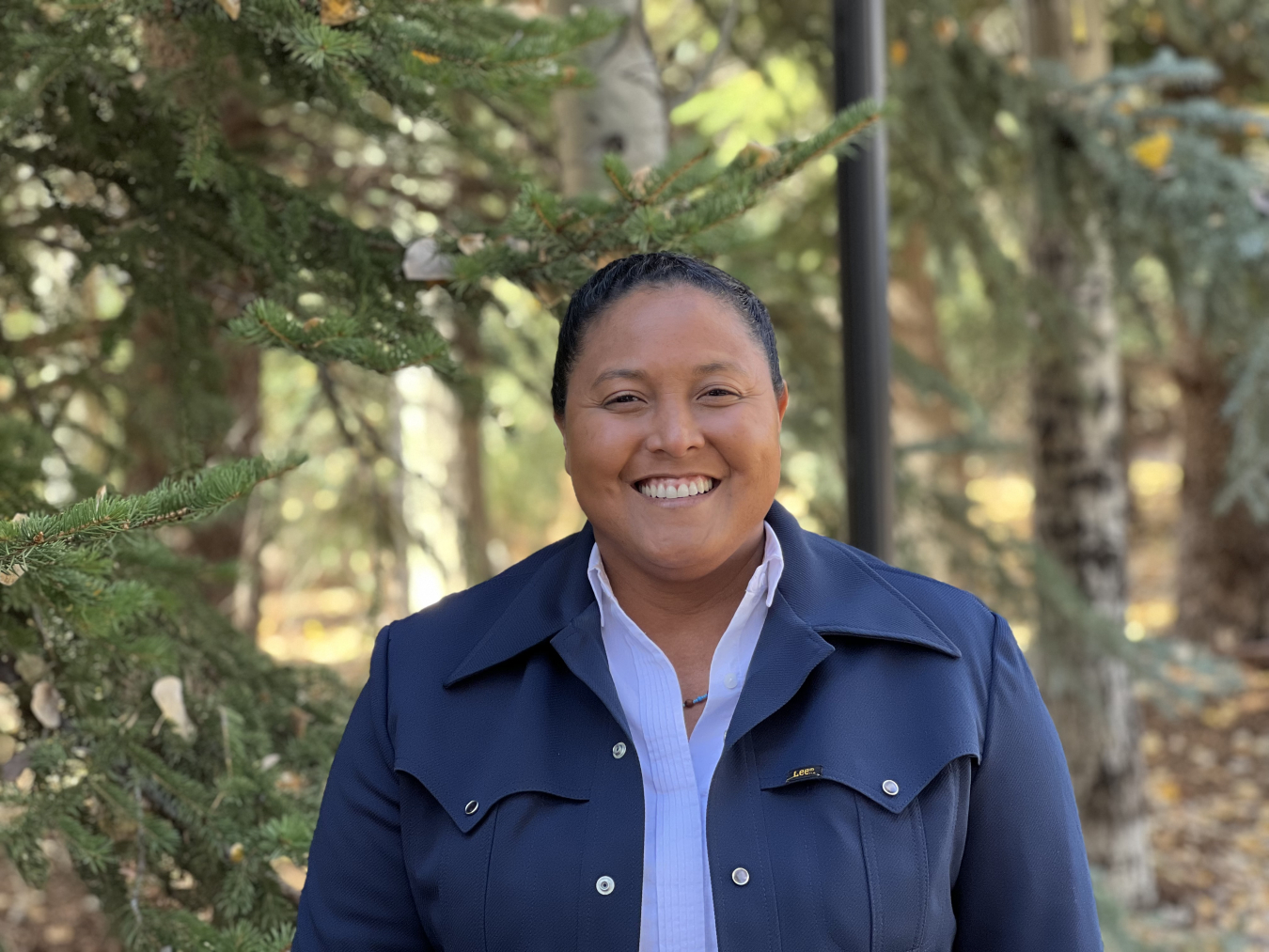One of the major waste streams presented regularly at CAB Meetings, is the high-level waste (HLW): sodium bearing liquid waste and Calcine. The HLW on the INL Site, was generated from DOE reprocessing activities of spent nuclear fuel at INL between 1952-
Idaho Cleanup Project Citizens Advisory Board
February 8, 2024
Calcine Bin Sets
One of the major waste streams presented regularly at CAB Meetings, is the high-level waste (HLW): sodium bearing liquid waste and Calcine. The HLW on the INL Site, was generated from DOE reprocessing activities of spent nuclear fuel at INL between 1952-1992. One of our major concerns, in Idaho, is the final disposition of high-level waste, which requires the shipment of HLW outside of Idaho based on the Idaho Settlement Agreement. This concern comes from the fact that any kind of waste, and in particular high-level waste that remains above the Snake River Plain Aquifer is at risk of endangering million of Idahoan’s drinking water and the forever destruction of the ancestral and tribal lands of the Shoshone-Bannock Tribes.
In October of 2023, the U.S. DOE presented to the CAB and public on the “Draft Basis for Section 3116 Determination for Closure of the Calcined Solids Storage Facility at the Idaho National Laboratory Site” (Draft 3116 Basis Document). Calcine solids originated from liquid radioactive waste and went through a calcination process to be converted into a stable, but still hazardous, solid form. Calcining was an agreed upon method between 1963-2000 for stabilizing hazardous liquid waste from reprocessing by converting it into a solid. And since then, the INL site, has 4,400 m3 in 6 stainless steel bins located in Calcine storage bins at the INTEC facility.

Spent Fuel Processing and Disposition
Now, we enter the next phase of what to do with the calcine waste: classify calcine waste as a non-HLW and dispose it as low-level waste in Idaho, instead of it remaining as its current classification of high-level waste destined for a geological repository (that does not exist currently, unless you consider Yucca Mountain legally).
The process DOE chose to determine if calcine falls under non-HLW, is the Section 3116 process in the National Defense Authorization Act for Fiscal Year 2005 (NDAA). There are other processes to classify waste, which is the Waste Incidental to Reprocessing (WIR) by Citation or Evaluation processes. Some of the reasons the DOE is going through this process of determination is because technically the Calcine waste was not from reprocessing, but liquid waste from separation chemistry before or after reprocessing, therefore may contain the lower concentrations of radioactive elements. Also, it was generated and stored in Idaho and NDAA only applies to some HLW in Idaho or South Carolina. I won’t belabor on the technical jargon because I can’t wrap my mind around everything to do with these different processes of determination without reading voluminous amount of DOE orders, regulations and technical manuals. Instead, its best for us to understand that the evaluation in the document is the 1st step in the 3116 process to inform the Secretary of Energy’s decision to authorize classifying Calcine as non-HLW or not.
Along, with the draft basis document, the NRC will go through a process to provide consultation to the Secretary of Energy to affirm (or not) the technical reviews laid out in the document will satisfy the criteria to classify calcine as non-HLW. By the time you are reading this, you would have already missed NRC’s process of holding public meetings and receiving comments, which all ended by December of 2023.
Lastly, its important to remember that if DOE’s activities through the Section 3116 determination process, results in classifying the HLW to non-HLW, it does NOT mean the calcine is reclassified. We are reminded that this is not reclassification, but a technical evaluation to determine if calcine falls under the criteria to be non-HLW. And as NRC is consulting with DOE, I am still left with some concerns Idahoans can also consider as we wait to hear the DOE Secretary of Energy’s decision.
My major conundrum is, if it is classified as non-HLW, then there is 4,400 m3 less HLW on the INL site, and unfortunately 4,400 m3 LLW that will remain on the INL site instead of being shipped out of ID. There is no number of studies nor reassurances from the Secretary of Energy nor NRC that can assure me any waste with trace radioactive elements isn’t still a great risk to the environment and should possibly remain classified as HLW for greater long-term protection of our water and Mother Earth. Furthermore, since this is only one HLW product, then should we be worried (or excited) that sodium bearing liquid waste could also go through a process of determination once it undergoes treatment at the Integrated Waste Treatment Unit (IWTU)? So, in these cases, is it more socially and environmentally responsible to “Leave well enough alone” and leave it as HLW, no matter the financial cost?
Talia Martin
Ms. Martin is a member of the Shoshone-Bannock Tribes, a federally recognized Indian Tribe. She is currently the Director of Tribal Programs at GRID Alternatives, a nationwide non-profit organization installing solar PV systems for low-income communities. Previous to being employed with GRID, she served as the Shoshone-Bannock Tribes Tribal Department of Energy Director for 6 years and an environmental scientist for 4 years. She earned her Associate of Science in Natural Sciences from Haskell Indian Nations University and her Bachelor of Arts in Chemistry and Master of Science in Pharmaceutical Chemistry from the University of Kansas. Ms. Martin is interested in environmental, minority workforce, and safety issues. She resides in Pocatello, Idaho.


